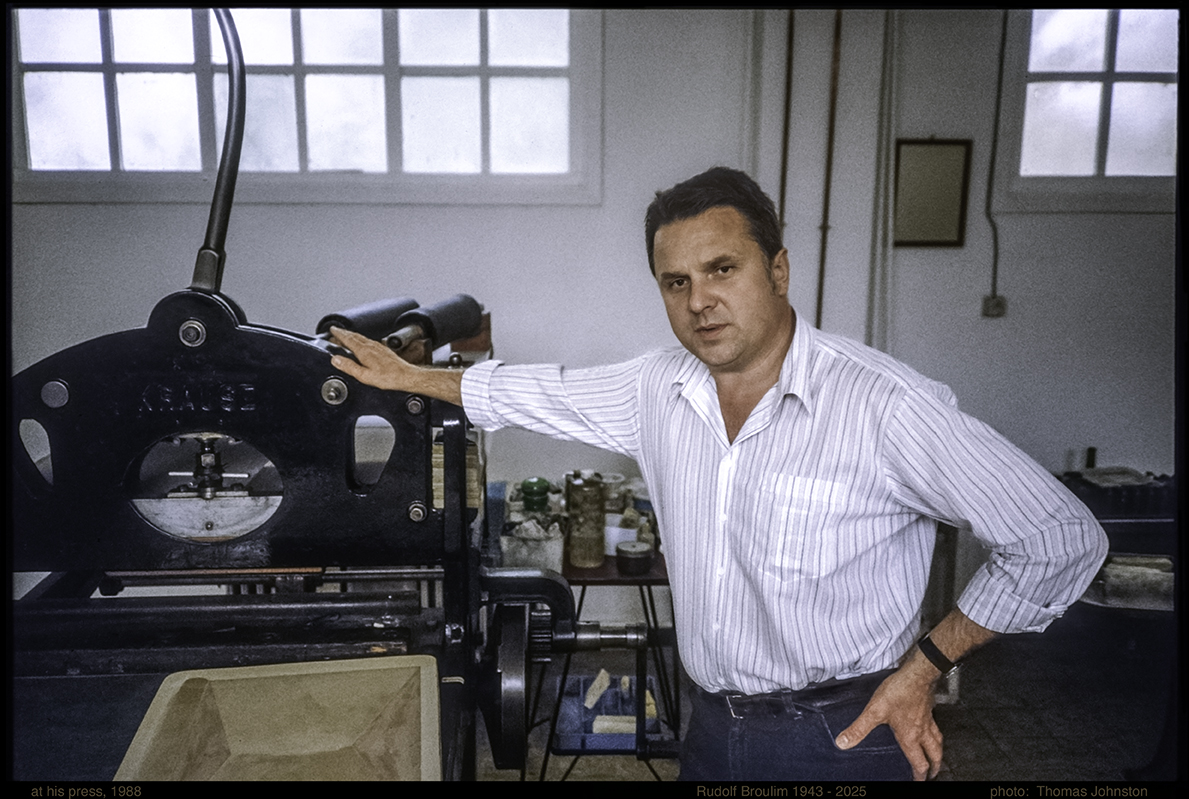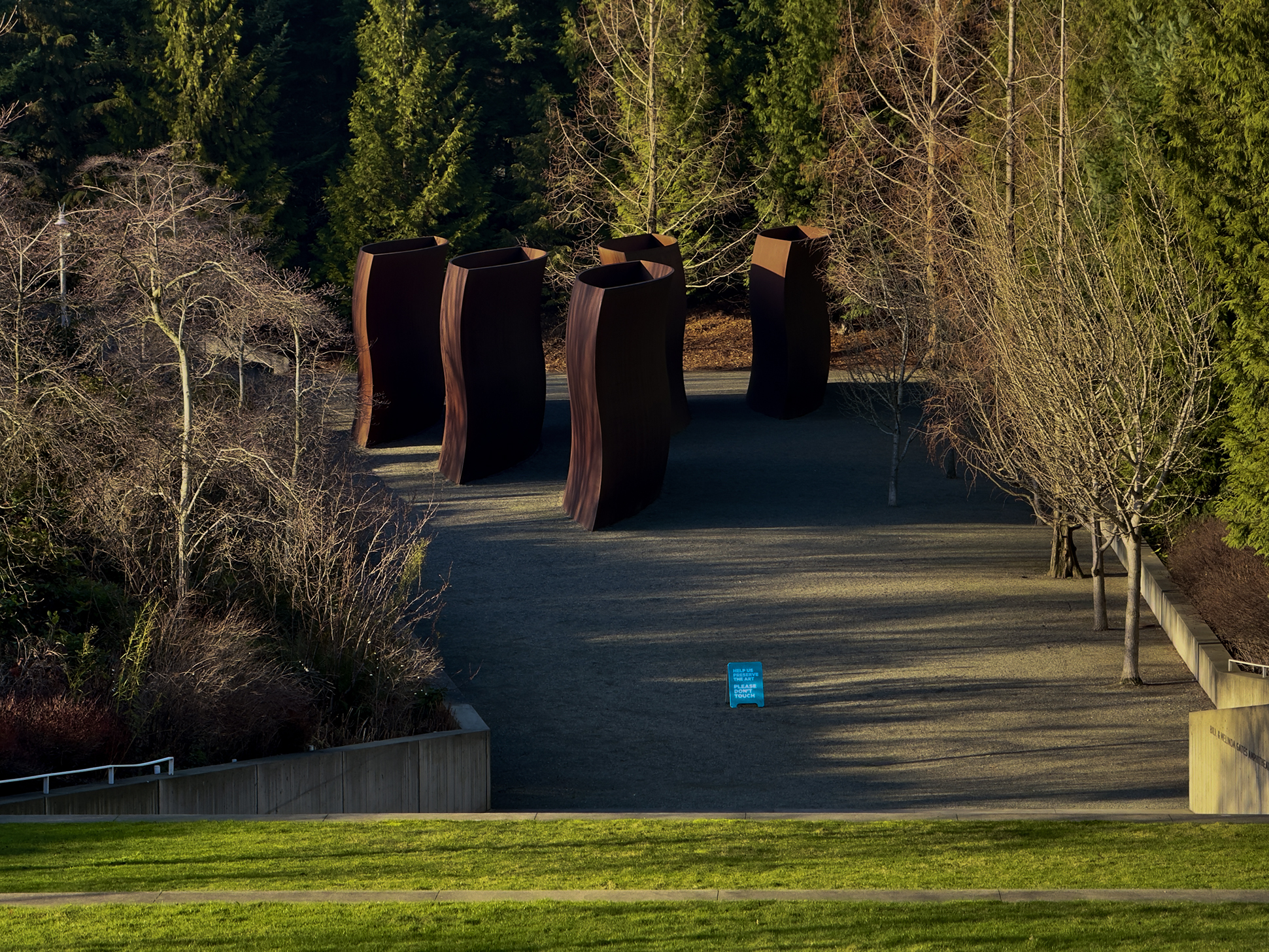
Snoqualmie Falls 31 October 2019
We spent the night of October 31, 2019, the day the Snoqualmie Indian Tribe closed on purchasing Snoqualmie Falls, the Salish Lodge and Spa. The property was purchased from the Muckleshoot Tribe. The Salish Lodge is managed by Seattle based company Columbia Hospitality. It is an on-going effort by the tribe to reclaim its traditional land. The purchase was announced the following day on November 1, 2019. We were unaware of this until the media arrived later that morning. It was an honor to witness this historic event.
With the recent passing of David Lynch I was inspired to revisit this picture taken the morning referenced above. Shooting directly into the morning sun was a challenge. On my Flickr account you can see additional images of the falls in the linked folder Moving Water.
Click on this thumbnail to expand a larger image.
-

-
Snoqualmie Falls 31 October 2019






